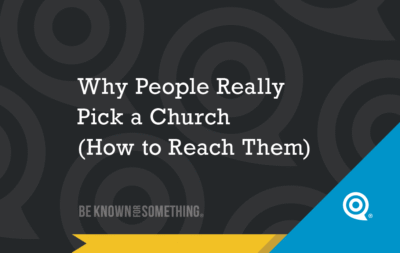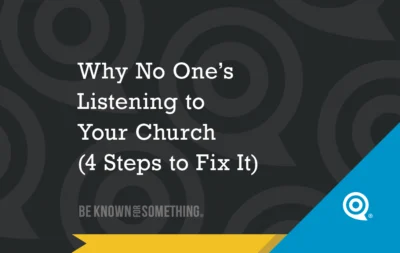
Why People Really Pick a Church (How to Reach Them)
Pastors, your community is full of people quietly trying to pick a church home. But not everyone is looking for

I was driving down a city street in a school zone and a Police Officer was directing traffic. He had 8 lanes of traffic and his arms were swinging with various gestures in various directions. I thought he was telling the lane next to me to stop and for me to go. I was wrong.
Fortunately, the police “allowed” me to proceed and no one was hurt.
A church has their website out in the internet fast lane with the intention for people to discover it and be compelled to attend. But instead, some church websites scream STOP even when the words on the page say GO (to the church).
Mostly, your website is for internal communication; but it must be set up properly so that the seeker going to your site feels welcome. You don’t want your church website to be a barrier to their attendance.
Here are 4 ways to make sure you’re signaling the right thing to visitors:

Pastors, your community is full of people quietly trying to pick a church home. But not everyone is looking for

If you think branding is too corporate for the Church, you’re not alone. Many pastors resist this idea until they

You’re leading. You’re preaching. You’re promoting. But still… it feels like no one’s really listening. That’s not just frustrating; it’s
We'll never spam you. Unsubscribe anytime.
